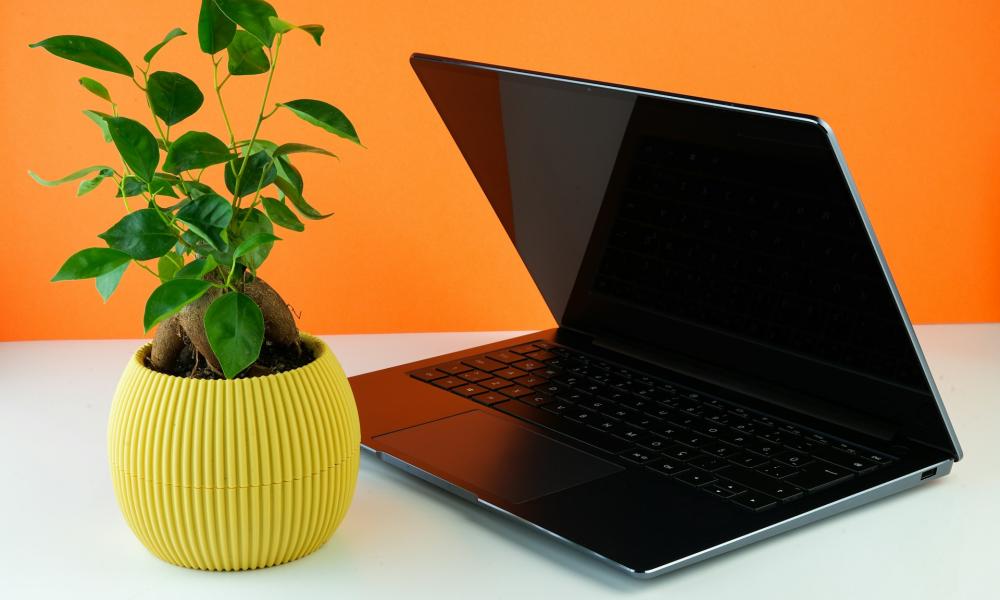To be considered a candidate for a bone anchored hearing implant, patients must present with the following:
- Be at least five years of age or older
- An audiometric configuration that supports a conductive or mixed hearing loss with an air-bone gap of at least 30 dBHL.
- Demonstrate subjective and objective benefit from a bone conduction hearing aid.
Special Considerations for Bone Conduction Hearing Aid Users
MRI
The external processor must be removed prior to undergoing an MRI. The abutment and internal implant may stay in place.
Infection
The titanium implant of the Baha is screwed from outside into the bone. Because of this procedure, there is some risk of infection. With proper healing and normal precautions, this is not an issue for the great majority of recipients.
Daily Maintenance
Daily care is required. This consists of using a very soft toothbrush-like tool to clean around the post and skin area to keep it clean and assist in avoiding infection.
Damage from Water
The sound processor is not waterproof! Never wear it in heavy rain, in the bath or shower.
Feedback
A brief acoustic squeal or whistle can emanate from the sound processor when physically manipulated or when placed close to a reflective surface. Due to the nature of amplification via bone conduction, this may be a recurrent and consistent phenomenon while wearing a bone anchored hearing aid.
Financial Commitment
Manitoba Health will cover the cost of the initial surgery, implant and external sound processor for successful candidates. However, patients will be responsible for the cost of replacing the external sound processor as needed. The approximate cost of a new sound processor is $5,000 CAD.


